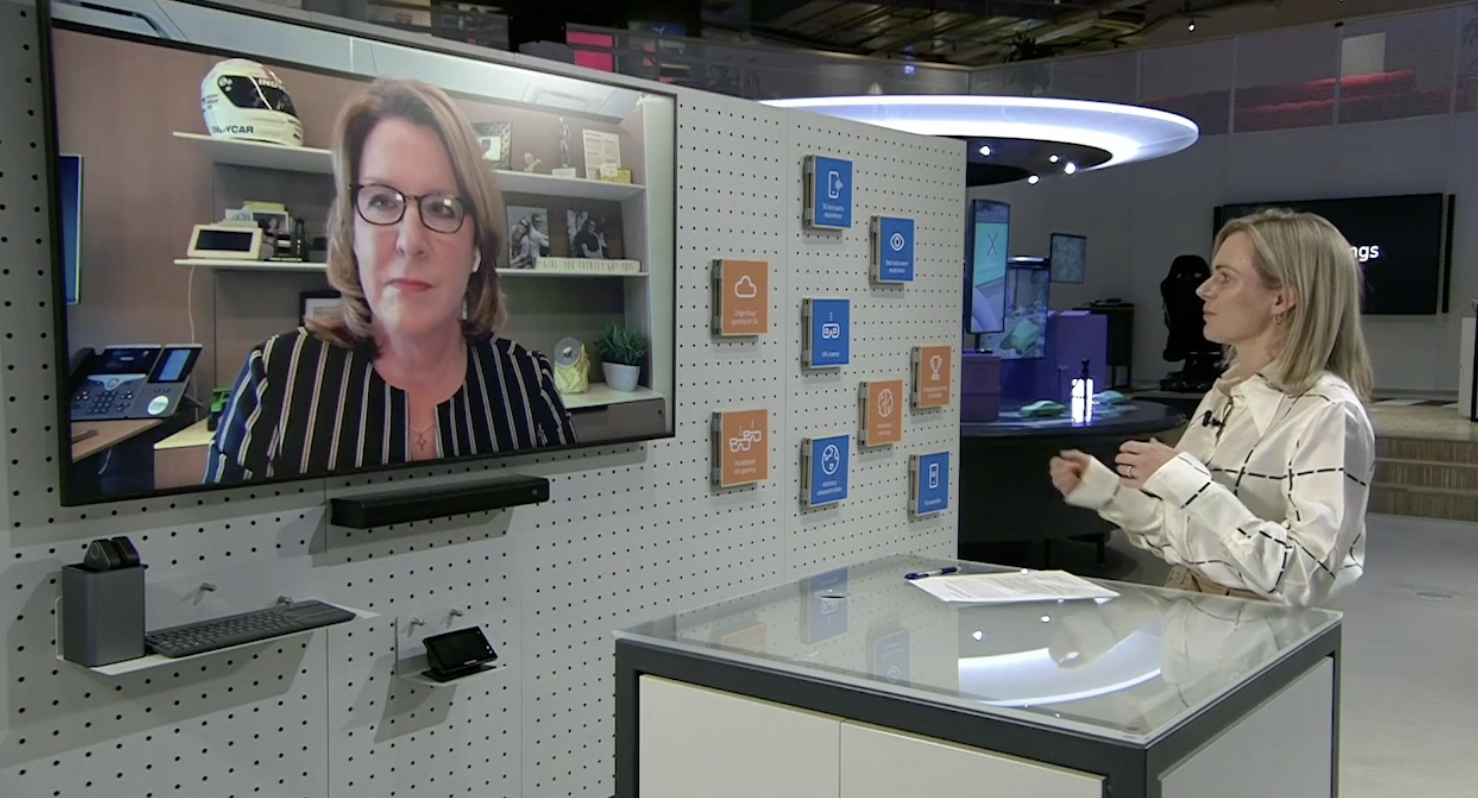Verizon CEO says with 5G in place, mission is to sell
Last week with the launch of the iPhone 12 line up, Verizon turned on nationwide 5G and is continuing to deploy its millimeter wave spectrum in urban cores, stadiums and other high-traffic areas.
The operator has also recently invested in mobile edge computing infrastructure in partnership with both Amazon and Microsoft. With these key pieces in place, CEO Hans Vestberg said today on a third quarter earnings call that the mission is now to start selling into the consumer, business and media segments.
Vestberg said he’s sticking to earlier projections that Verizon will see 5G mobility service revenues in 2021 followed in 2022 by revenues associated with the combination of 5G and MEC.
Notably, all four models of the iPhone 12 feature support for millimeter wave spectrum, and Vestberg was on hand at the Oct. 13 launch event. For nationwide 5G, Verizon activated Dynamic Spectrum Sharing to cover 200 million people. The carrier is aggregating up to eight channels of millimeter wave in cities and achieving multi-gigabit speeds in some areas, promising that “customers will see double the download speeds they have historically experienced on 5G Ultra Wideband, with peak speeds up to 4 Gbps possible in some locations.” Two-carrier aggregation is happening on the uplink as well.
In addition to the broader coverage and faster peak speeds, Verizon also added 19 additional stadiums and large venues, and highlighted seven airports served by its mmWave network.
Alongside mobility and MEC, Verizon is still evolving its 5G Home fixed wireless service. Vestberg said the major 5G use cases are up and running so, “It’s really execute right now.”
Tami Erwin, Group CEO of Verizon Business said at Ericsson’s 5G Things virtual event on Tuesday this week that the combination of high-band 5G and mobile edge computing infrastructure will accelerate digital transformation for businesses as it “creates the power of low latency…We begin to see things like factory solutions and smart cities and remote diagnostics and transformational change in remote education.”

Ericsson’s Asa Tamsons interviewed Erwin during Ericsson’s 5G Things event this week.
She specifically called out Verizon’s MEC partnership with Amazon and in-building work with Corning.
Given the variability in connectivity needs for different verticals, Erwin noted that Verizon Business’s work has become “far more consultative” and “less transactional,” also prompting a need for an internal shift in the operator’s workforce to better address client needs.
The post Verizon sees 5G mobility revenue in 2021, MEC revenue in 2022 appeared first on RCR Wireless News.
